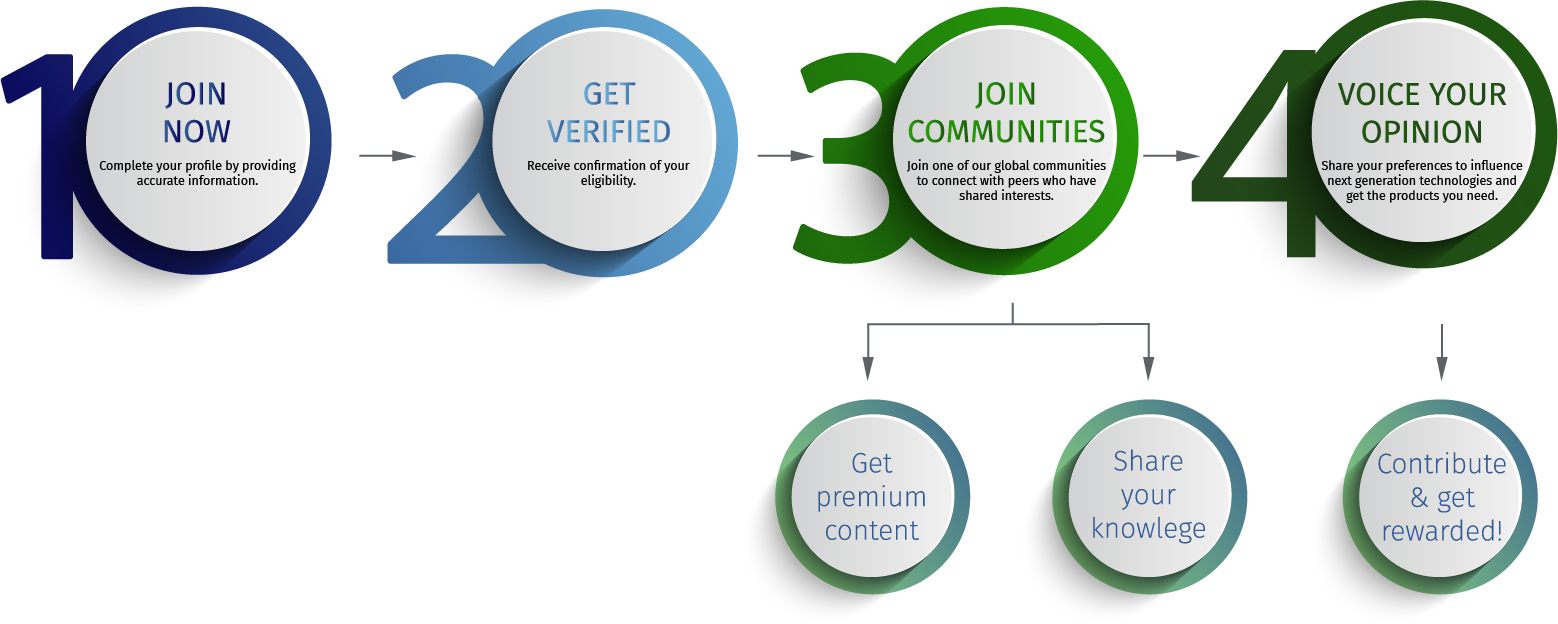December 9, 2022 -- Researchers from the Wellcome Sanger Institute, EMBL’s European Bioinformatics Institute, the Gordone Institute at the University of Cambridge, and collaborators have created a spatiotemporal cell atlas of the developing human lung. From the mapping, they have identified 144 cell states in the early stages of life and their interactions in new detail.
The study, published December 8 in the journal Cell, is part of the Human Cell Atlas initiative to map every cell in the human body. The researchers examined which genes are activated in different stages of lung development, one cell at a time. They combined this with spatial technologies, which pinpointed the exact location of the cells, to create the Developmental Lung Cell Atlas, showing how the respiratory system comes into being.
How the human lung forms in early life is still underexplored, especially since cell types appear and disappear rapidly as the organ-building processes move between stages during the early weeks of development. To understand the organ's development, it is necessary to have an atlas of all the lung cell types -- including the transient cells -- at different stages of development, according to the researchers.
To create the atlas, the team combined single-cell sequencing of early-stage cells with spatial technologies to generate an in-depth dataset of lung development. The atlas describes which cell types are present in the developing lung architecture and how these are regulated. They identified 144 cell types, such as intermediate and transitional cell types, including a subtype that could be linked to the development of human small-cell lung cancer later in life.
The team used the atlas to make predictions about how lung cells develop, especially which genes are the key players driving this process. They then used organoid models to validate the emerging hypotheses, demonstrating that the atlas can be used to accurately predict the stages and cells involved in tissue development.
"If we are to fully understand the root causes of disease, we require a complete view of cells at all stages in the human body, and this atlas helps us to do that," said co-senior author Dr. Kerstin Meyer of the Wellcome Sanger Institute in a statement.
The atlas is highly detailed, free, and acts as a guidebook to healthy lung development and can be used as a baseline to investigate how lung diseases originate. It could also be used to create new models to study lung conditions and test potential therapies, the researchers said.
"Our Developmental Lung Cell Atlas allows us to look at the stages and pathways that adult lung cells have gone through, and how these early phases influence disease later on. This is an important contribution towards the first draft of the Human Cell Atlas," Dr. Sarah Teichmann, co-senior author and co-founder of the Human Cell Atlas, added.
For more information and to access the data sets, visit the Lung Cell Atlas webpage.
Copyright © 2022 scienceboard.net


